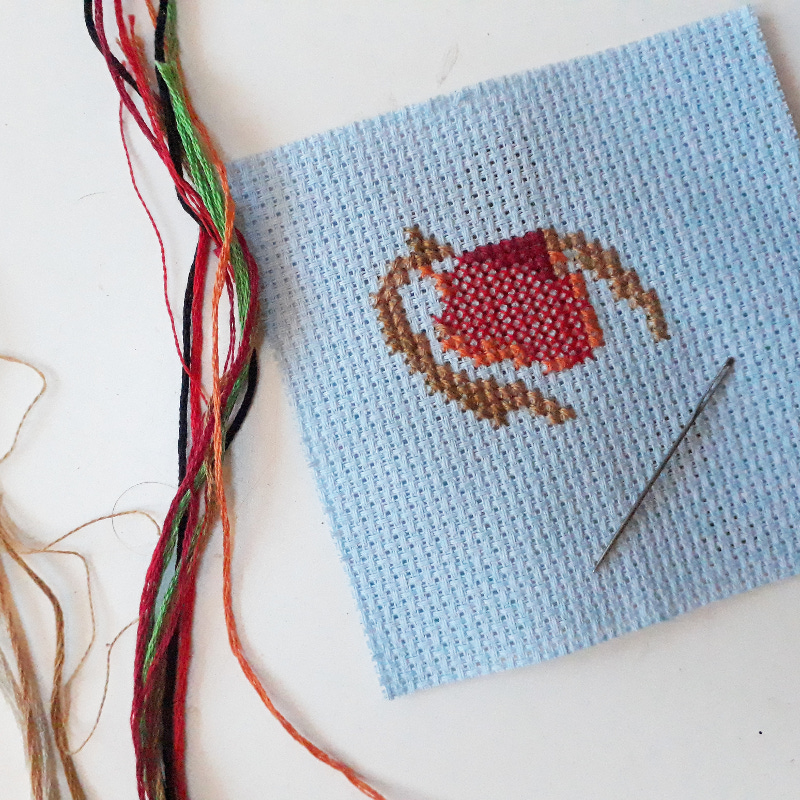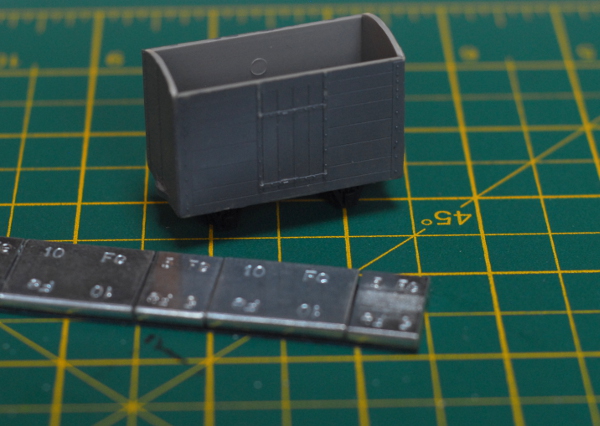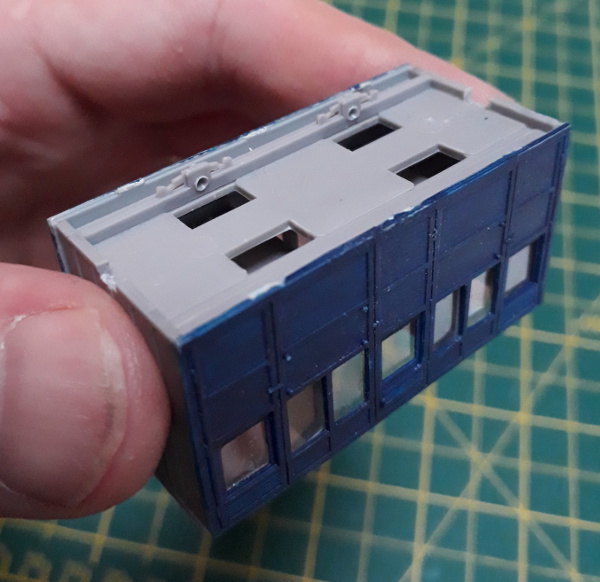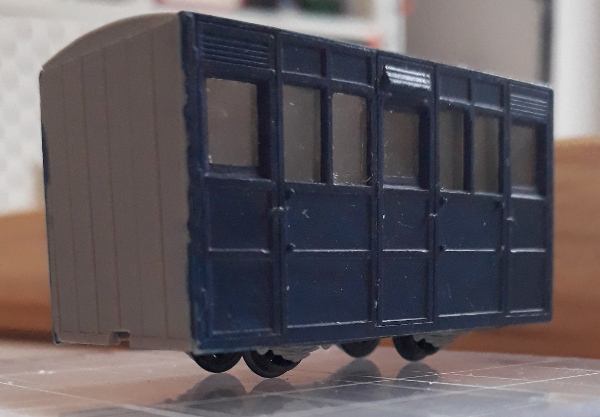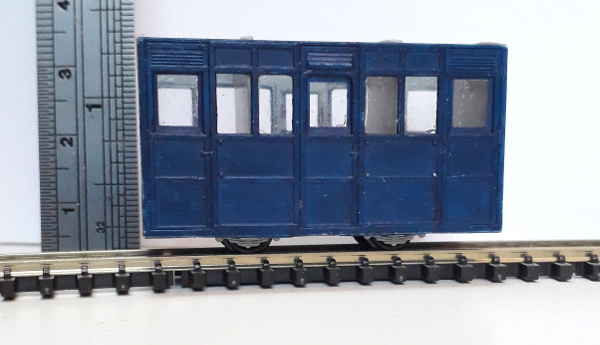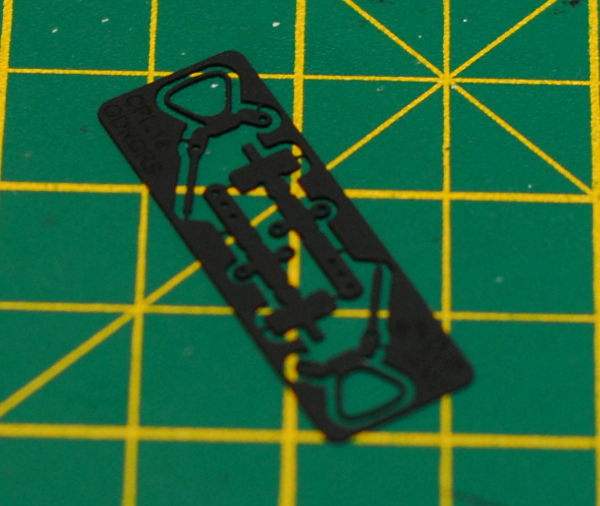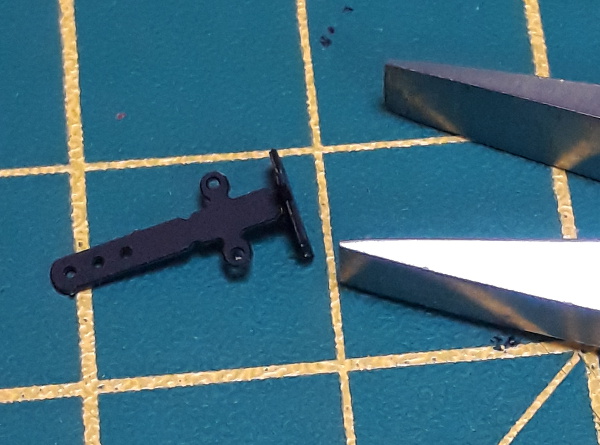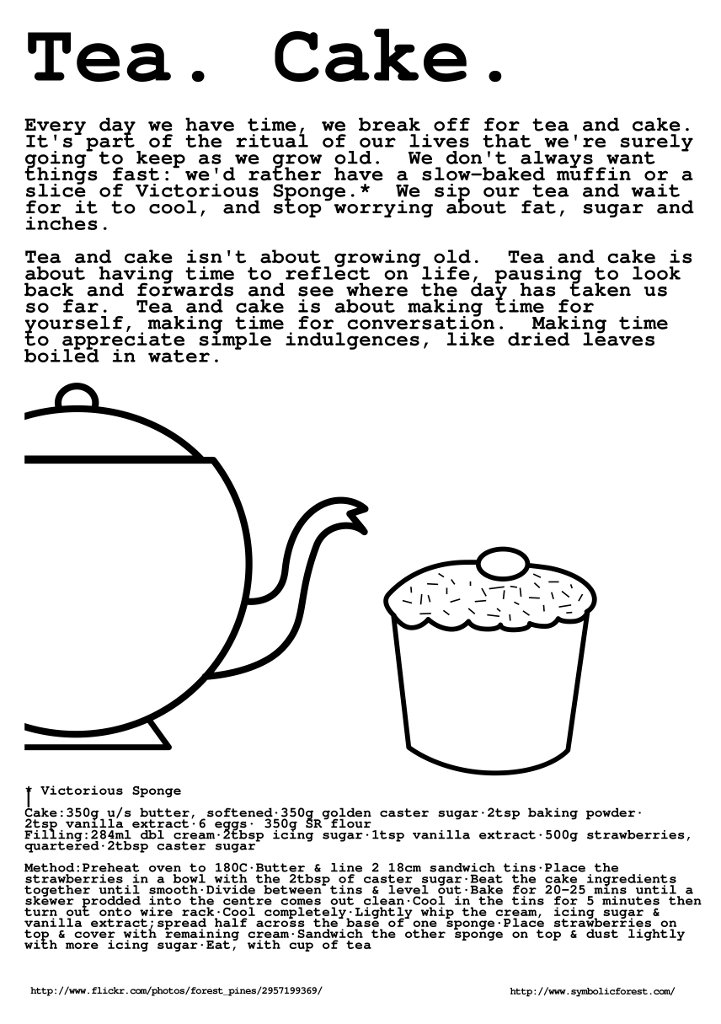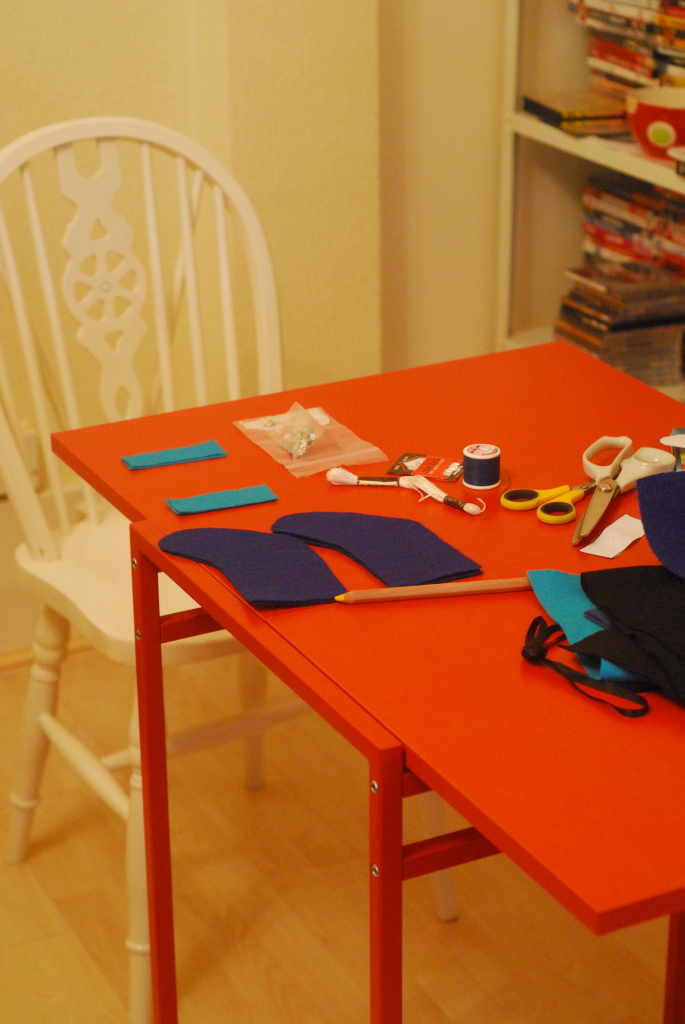The other week, I wrote about how there are just too many interesting railways to pick one to build a model of, which is one reason that none of my modelling projects ever approach completion; indeed, most of them never approach being started. Some, though, have developed further than others. In particular, I mentioned a plan for a fictitious narrow-gauge railway in the Rhinogydd, and said I’ve started slowly aquiring suitable stock for it. What I didn’t mention is that I’ve also put together the start of a history of this entirely invented railway. I first wrote it down a few years ago, and although it is a very high-level sketch, has a fairly high level of implausibility to it, and probably needs a lot of tweaks to its details, I think it’s a fair enough basis for a railway that is fictional but interesting.
Narrow-gauge modelling general does seem to have something of a history of the planning and creation of entire fictional systems; rather, I think it’s something that has disappeared from British standard gauge railway modelling, partly due to the history of the British railway network. This, then, is my attempt at an entry into this genre. If you don’t know the Rhinogydd: they are the mountain range that forms the core of Ardudwy, the mountains behind Harlech that form a compact block between the Afon Mawddach and the Vale of Ffestiniog. The main change I have made to real-world geography is to replace Harlech itself with a similar town more usable as a port; all the other villages, hamlets and wild mountain passes are essentially in the same place as in the real world, and if you sit down with this fictional history and the Outdoor Leisure map that covers the district, you should be able to trace the route of these various railways without too much trouble.
The primary idea behind the railway is that profitable industry was discovered in the heart of the Rhinogydd. Not slate as in Ffestiniog; the geology is all wrong for that. The industry here would be mining for metal ores, and it isn’t really too far from the truth. There genuinely were a whole host of mines, largely digging up manganese ore, in the middle of what was and is a very inhospitable area; all of them were very small and ultimately unsuccessful. The fiction is that an intelligent landowner realised that a railway would enable the mines to develop; so, using part of an earlier horse-drawn tramway, a rather circuituous route was built from the middle of the mountains down to a port at the mouth of the Afon Dwyryd. The earlier tramway, also fictional, would have run in a very different direction, from the Afon Artro up to the small farms in the hills overlooking Maentwrog. Why you would want to build a horse tramway over such a route I’m still not entirely sure, but it means that my Porthdwyryd & Dolwreiddiog Railway can be a network, a busy well-trafficked main line in one direction, and a half-abandoned branch line in the other. This is of course not too dissimilar to the Welsh Highland Railway, with its Croesor and Bryngwyn branches, originally both main lines but both later superseded.
I did, a few years ago, draft a whole outline history for the railway, trying to explain quite why such a thing would and could exist, and how it might have at least partially survived through to the present day. It was an interesting exercise, although I’m not sure it would be a very interesting piece of writing to post here. I do like the thought, though, of writing it up as a full history, complete with some unanswered questions; and then, when I do build models of the line, I can claim that it is at least an approximately accurate model of something that actually did run on the railway. I quite like the idea of steadfastly maintaining that it is actually a real place—what do you mean, you’ve never heard of it before?—and that I am trying to model, however imperfectly, trains that really did exist. I can always be very apologetic when my model “isn’t as accurate as I’d like”, or when I “haven’t been able to find out” exactly what colour a given train was painted in a given year. I wonder how persuasive I will manage to be.
Keyword noise: railway, fake history, narrow gauge, model railway, model trains, Porthdwyryd & Dolwreiddiog Railway, Cymru, Wales, Ardudwy, Gogledd Cymru, North Wales, Rhinogydd.
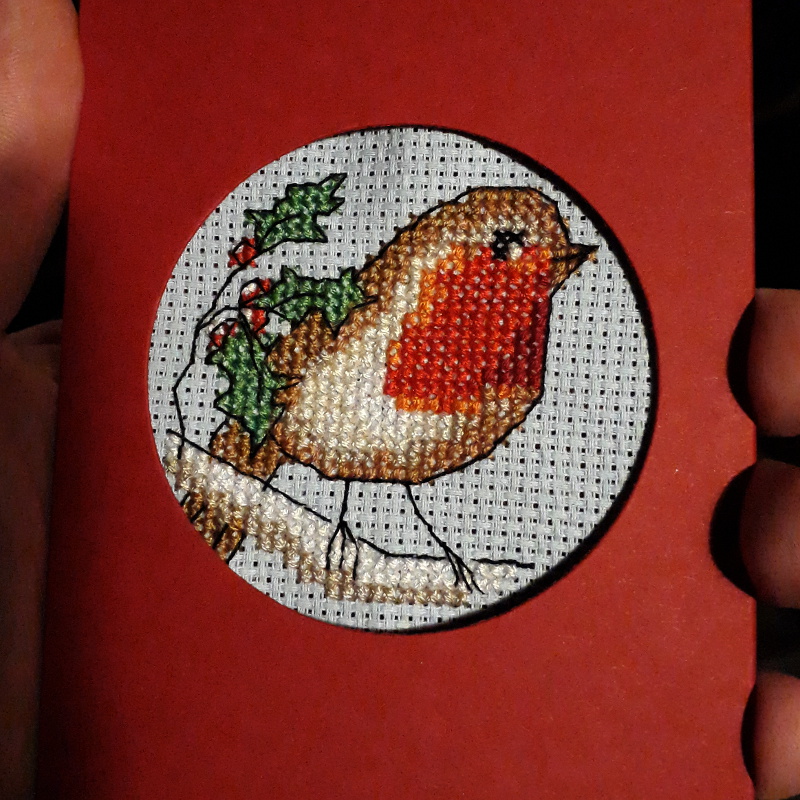

 Home
Home